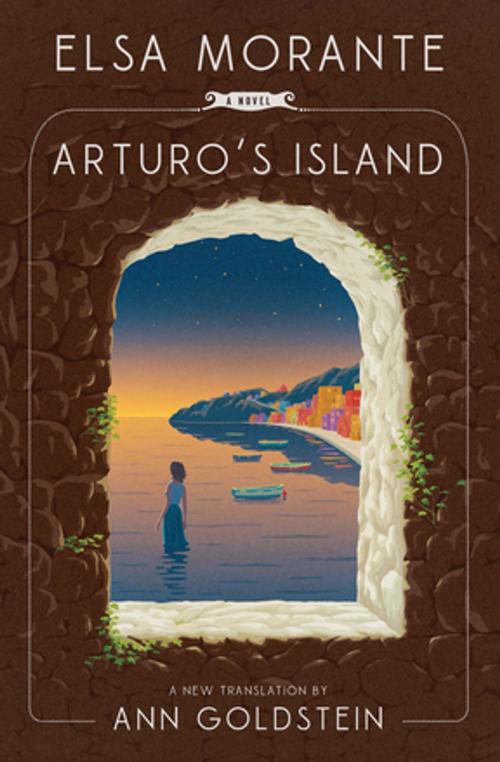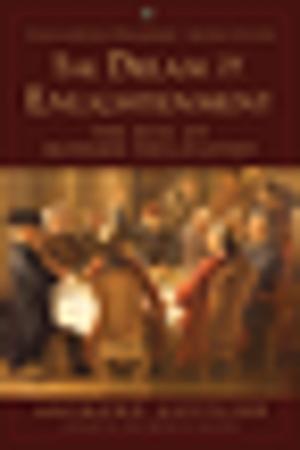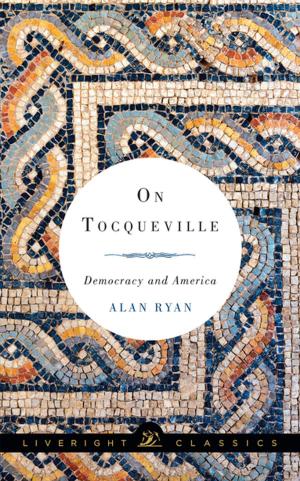| Author: | Elsa Morante | ISBN: | 9781631493300 |
| Publisher: | Liveright | Publication: | February 19, 2019 |
| Imprint: | Liveright | Language: | English |
| Author: | Elsa Morante |
| ISBN: | 9781631493300 |
| Publisher: | Liveright |
| Publication: | February 19, 2019 |
| Imprint: | Liveright |
| Language: | English |
Elsa Morante’s novels are “astonishing for the quality of the writing, . . . the complexity of the invented world, the wide-ranging view of the human condition” (Elena Ferrante).
Once considered the greatest writer of Italy’s postwar generation—and admired by authors as varied as John Banville and Rivka Galchen—Elsa Morante is experiencing a literary renaissance, marked not least by Ann Goldstein’s translation of Arturo’s Island, the novel that brought Morante international fame. Imbued with a spectral grace, as if told through an enchanted looking glass, the novel follows the adolescent Arturo through his days on the isolated Neapolitan island of Procida, where—his mother long deceased, his father often absent, and a dog as his sole companion—he roams the countryside and the beaches or reads in his family’s lonely, dilapidated mansion. This quiet, meandering existence is upended when his father brings home a beautiful sixteen-year-old bride, Nunziatella.
A novel of longing and thwarted desires, filled with Morante’s “brutal directness and familial torment” (James Wood), Arturo’s Island reemerges in this splendid translation to take its rightful place in the world literary canon.
Elsa Morante’s novels are “astonishing for the quality of the writing, . . . the complexity of the invented world, the wide-ranging view of the human condition” (Elena Ferrante).
Once considered the greatest writer of Italy’s postwar generation—and admired by authors as varied as John Banville and Rivka Galchen—Elsa Morante is experiencing a literary renaissance, marked not least by Ann Goldstein’s translation of Arturo’s Island, the novel that brought Morante international fame. Imbued with a spectral grace, as if told through an enchanted looking glass, the novel follows the adolescent Arturo through his days on the isolated Neapolitan island of Procida, where—his mother long deceased, his father often absent, and a dog as his sole companion—he roams the countryside and the beaches or reads in his family’s lonely, dilapidated mansion. This quiet, meandering existence is upended when his father brings home a beautiful sixteen-year-old bride, Nunziatella.
A novel of longing and thwarted desires, filled with Morante’s “brutal directness and familial torment” (James Wood), Arturo’s Island reemerges in this splendid translation to take its rightful place in the world literary canon.















